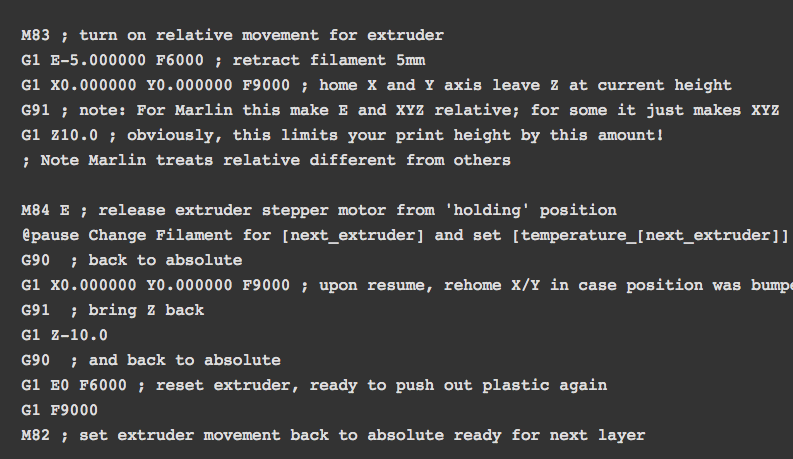Hackaday’s Al Williams shows us how to 3D print multicolor objects with a single extruder 3D printer – a very clever solution!
Nowadays, most high-end 3D printers pride themselves on offering dual hot end extrusion, allowing users to create multi-material or multicolor objects. While this may be the case, most standard and affordable desktop 3D printers still feature just one hot end, greatly limiting what can be achieved with this emerging technology.
In a recent article for Hackaday, maker, and 3D printing enthusiast Al Williams shared his secret of how to transform a single extrusion hot end into a multicolor capable component. Though the simplest and best-known solution is to pause between layers and switch filament colors, this alternative solution is a bit more complicated but also quite effective.
Lying To Your 3D Printer
There’s no laborious tinkering or high costs involved, the trick behind the multicolor printing hack is to simply lie to your 3D printing slicer software. By using a slicing software that supports multiple extrusion, such as Slic3r, simply go into the Capabilities/Extruders settings option and falsely claim that you have more than one hot end. After that, Williams made the same firmware changes in Repetier Host’s printer settings, and also added a piece of code to the G-Code setting for a tool change.
The idea of this code, which can be found and modified in the Hackaday column, is to ultimately reduce filament oozing, move to location 0,0, and finally tell Repetier to pause and stop. This enables the user to switch filaments out in a more controlled and timely manner, also making it possible to change filament colors in the middle of the layer. Once the pause is exited, the script snaps back into place and the G-code continues printing where you left off.
A Fun Experiment, Not End-All Solution
The multicolor hack discovered by Williams certainly isn’t a full-on replacement for pricey multiple extrusion 3D printers, but his method allows for much better quality and control then the barbaric manual pause and filament switch that many users have attempted with their single extrusion machines. While this multicolor experiment is certainly cost-effective and minimizes tool changes, the user still has to manually switch different filaments in and out.
It’s also important to note that the 3D model must be modified to work with this multicolor hack. This can be accomplished by providing separate STL files for each falsified “extruder”, the same methodology used with multiple extruders (except in that case the extra extruder actually exists). All in all, with multicolor 3D printing still in a stage of infancy, this 3D printing hack will allow you to experiment and create colorful objects without having to shell cash for a new 3D printer or pricy multiple extruder components.
License: The text of "Turn Your Single Extruder Into Multicolor 3D Printer" by All3DP is licensed under a Creative Commons Attribution 4.0 International License.

